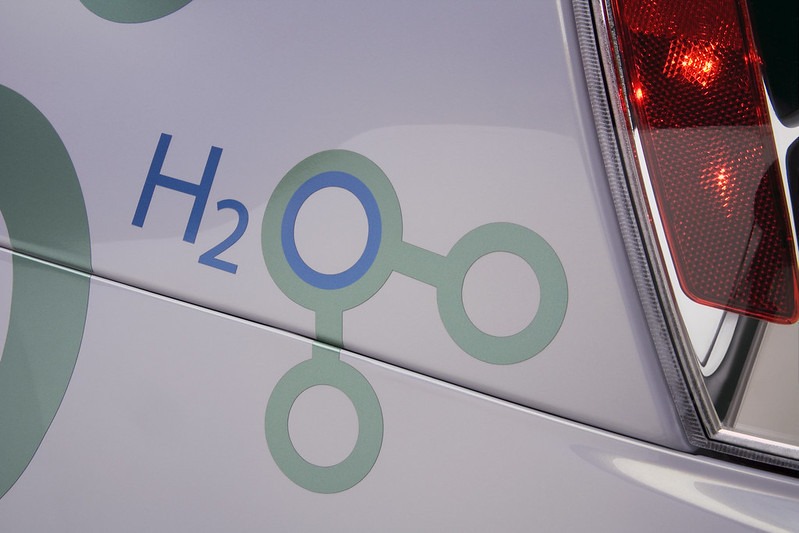Extreme E Season Two: Hydrogen Will Take Centre Stage

As motorsport joins the race to decarbonise the transport sector, Extreme E rally is returning for a second season. Hydrogen Industry Leaders looks at what role hydrogen plays in the refuelling process.
Extreme E rally is due to return next month in what will be a five-part series. Ranging from Scotland to Saudi Arabia, this blockbuster event will be showcasing the role hydrogen can play in the motorsport sector.
Hydrogen will be specifically used when recharging the vehicles through a hydrogen fuel cell generator designed and built by AFC Energy. One benefit is that the hydrogen fuel cell is portable and will replace diesel generators in producing electricity to charge the nine Spark Odyssey 21s.
Green hydrogen will disrupt the diesel generator market worth $15 billion
Ensuring the hydrogen produced is green, electrolysers powered by portable solar arrays will generate hydrogen on-site.
By taking a stand against conventional diesel generators, the event organisers hope to push the rest of the sector and wider industries into investing in green energy. The traditional competitiveness of motorsport should help other events towards tackling climate goals.
Hydrogen Industry Leaders spoke to motorsport fan Janice Kusters about the importance of motorsport becoming more environmentally friendly. She said: “As a motorsport fan I love racing, but I’m very conscious that generally, it isn’t very good for the environment. So, while I love watching Formula 1, I know that more should be done to make it environmentally friendly and sustainable.”
I think it’s important to first make sure that all technology implemented is trialled and tested to death, because a lot of older generations of motorsport fans aren’t too keen on shifting to more sustainable ways in which to power cars – they still long for the era of V10s. So a little flaw will most likely be cause for a lot of fans to condemn the technology as a whole
Continuing she explained: “I think that other projects, such as Extreme E and Formula E are essentially the future of motorsport. Not only that, but it also aids the general automotive industry. Much of what is designed for (professional) motorsport classes eventually finds its way into regular road cars, so innovation in the sport is something we will all eventually benefit from.”
As it currently stands, the global market for diesel generators is worth $15 billion per year. Not only do these generators produce harmful particulate matter, but they also emit two and three times more greenhouse gas per unit of electricity than a natural gas power station.
Committing to these targets has infiltrated through the marketing campaigns with the series named “The race for the Planet.” Racing giants Lewis Hamilton, Sebastien Loeb and Carlos Sainz have all backed plans to use hydrogen fuel cells.
Inclusivity and diversity at the heart of Extreme E
Recognising the impact that motorsports have on the environment, teams are limited to 8 people, which consist of two drivers (one male, one female), one engineer and five mechanics. On-site spectator attendance is also limited, with fans being encouraged to watch TV coverage.
Extreme E isn’t just a series worth mentioning because of the awareness it attempts to raise for climate change or because of their Legacy Programme, they also promote gender equality. All teams have male and female drivers who share equal driving duties
A common misconception surrounding hydrogen is the perception that hydrogen is unsafe compared to traditional alternatives. Placing this technology in harsh conditions will help disprove such ideas.
Aiming to build a business case for hydrogen as a fuel, they hope a successful event will showcase how music festivals, construction sites, and even the armed forces can use hydrogen to push towards a low carbon future.
Janice touched upon this: “Considering both Extreme E and Formula E cars are constructed by Spark Racing Technology, I’d say that this is more than likely. Regulations for GEN4 are already being considered and they’re talking about hydrogen-producing electricity which could then power their electric motor, but that’s still a long while away.”

